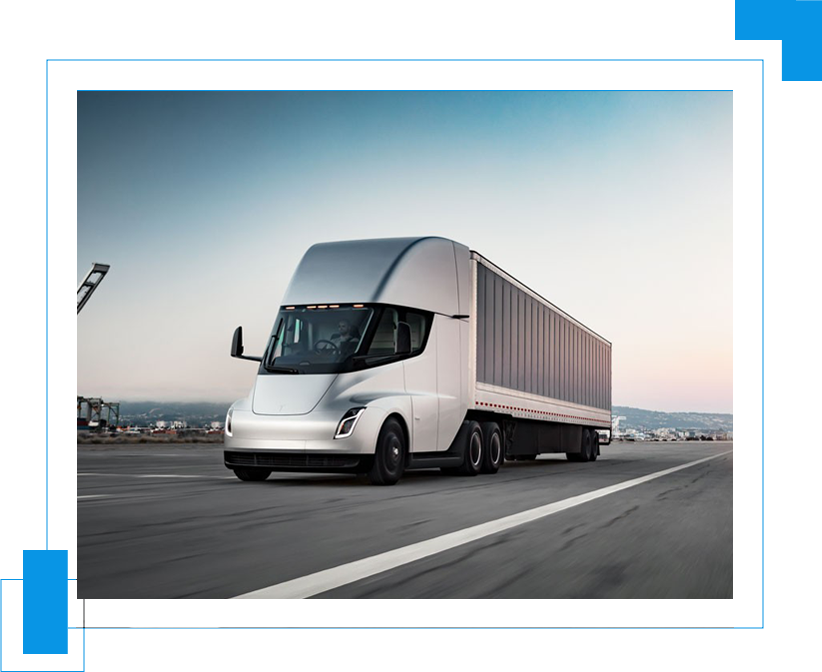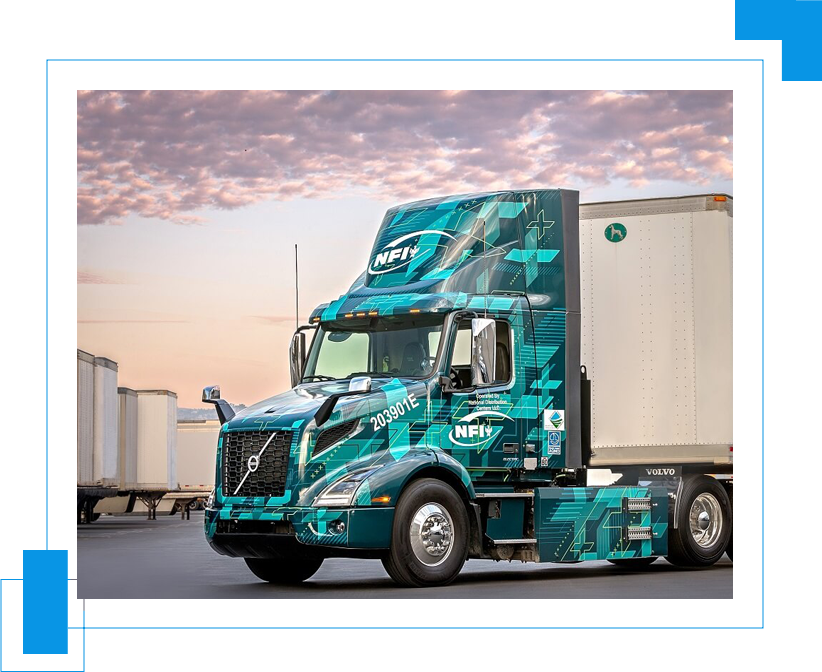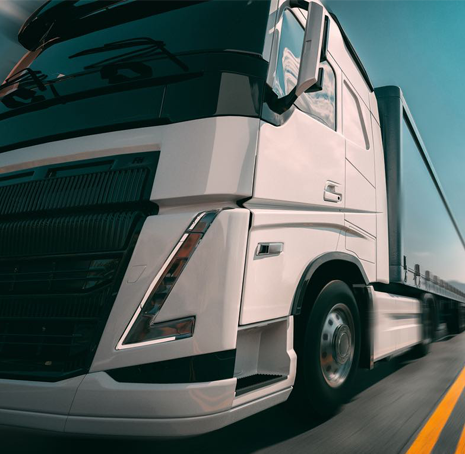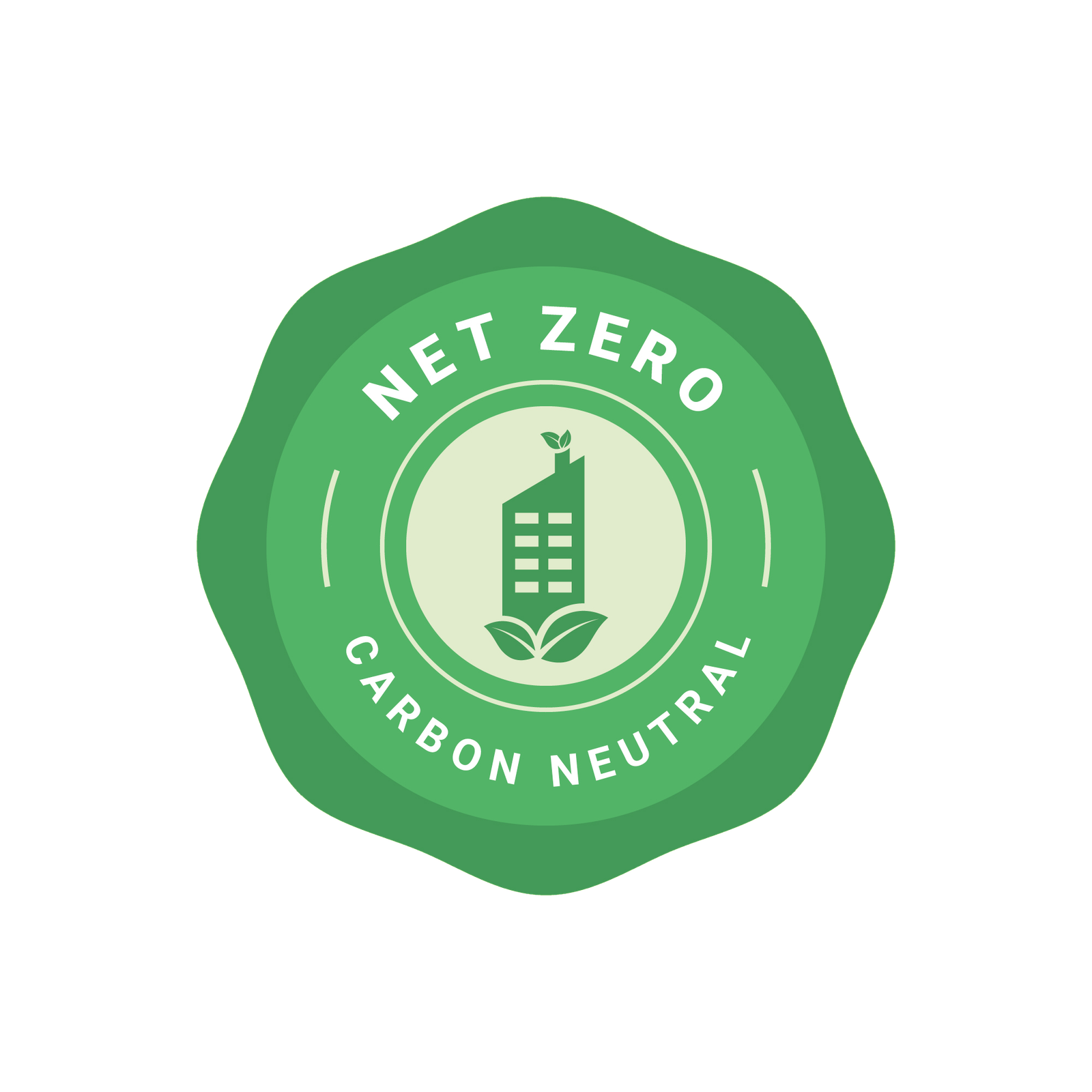Subtotal $0.00
Hyzon’s Closure and the Challenges
On February 18, 2025, hydrogen fuel cell electric truck
Read MoreOur mission is to be your trusted navigator through the dynamic landscape of ZEV. We'll illuminate their policies with crystal-clear explanations, ensuring you understand the principles that guide their operations. Moreover, we'll unveil the thrilling innovations that make ZEV a trailblazer in its field. Get ready to discover the cutting-edge technologies that set them apart, and understand how these advancements shape not only their products but potentially the industry as a whole.

Welcome to ZEV Help! Your Guide to Zero-Emission Commercial Vehicles
Explore the Revolution: Dive Into the World of Zero-Emission Commercial Vehicles at ZevHelp.com!

Steer Through the Future: Master Zero-Emission Policies with Our Essential Guide for Commercial Vehicle Operators!



Our mission is to guide you through the world of ZEV, clarifying its policies and revealing its groundbreaking technologies.
Zero Emission Vehicles (ZEVs) utilize clean energy sources like electricity or hydrogen, resulting in no direct emissions of greenhouse gases or air pollutants that negatively impact the environment.
Read MoreCommercial ZEVs encompass a range of vehicle classes, including electric or hydrogen-powered delivery vans, medium and heavy-duty trucks, transit buses, and even specialized vehicles like refuse trucks and street sweepers.
Read MoreZEV matters because it offers a pathway to combating climate change, reducing air pollution, improving public health, creating new jobs in the sustainable energy sector, and enhancing energy independence by reducing reliance on fossil fuels.
Read MoreWhile the initial purchase price of ZEVs can be higher than traditional vehicles, government incentives, tax breaks, and reduced operating costs over time often make them a financially savvy choice in the long run.
Read MoreZEV policies vary significantly across countries and regions, with some implementing aggressive mandates and ambitious phase-out targets for traditional vehicles, while others focus on infrastructure development and consumer incentives to encourage gradual adoption.
Read MoreWith vehicle-to-grid (V2G) technology, the batteries of parked ZEVs can not only receive power for charging but also feed stored energy back into the grid during peak demand periods, effectively transforming them into mobile energy reserves that help balance power needs.
Read MoreAchieving net zero carbon neutrality is crucial for the health of our planet and the wellbeing of future generations. The unrestrained emission of greenhouse gases, primarily carbon dioxide, is driving climate change, leading to rising temperatures, extreme weather events, and rising sea levels. These consequences threaten ecosystems, human health, and global economies. By achieving net zero, we drastically reduce emissions and offset the remaining ones, thereby halting global warming and minimizing its devastating impacts. Net zero is not a mere environmental goal; it's a pathway toward a sustainable future where people and the planet can thrive.In practice, it means reducing emissions drastically and then using methods like carbon offsetting or carbon capture to remove the remaining emissions.

According to ACT Research’s recently released edition of CHARGING FORWARD, a multi-client decarbonization study of the US commercial vehicle market, the adoption rates for zero-emission and decarbonization vehicles will reach 25% by 2030 and 50% by 2040. Regulations are a key factor in the earlier years, particularly for higher GVW applications, while many lower GVW applications already provide a better total cost of ownership (TCO) today.

The ability to quickly charge battery-electric commercial trucks remains
Read MoreRecently, the California Air Resources Board (CARB) withdrew its
Read More